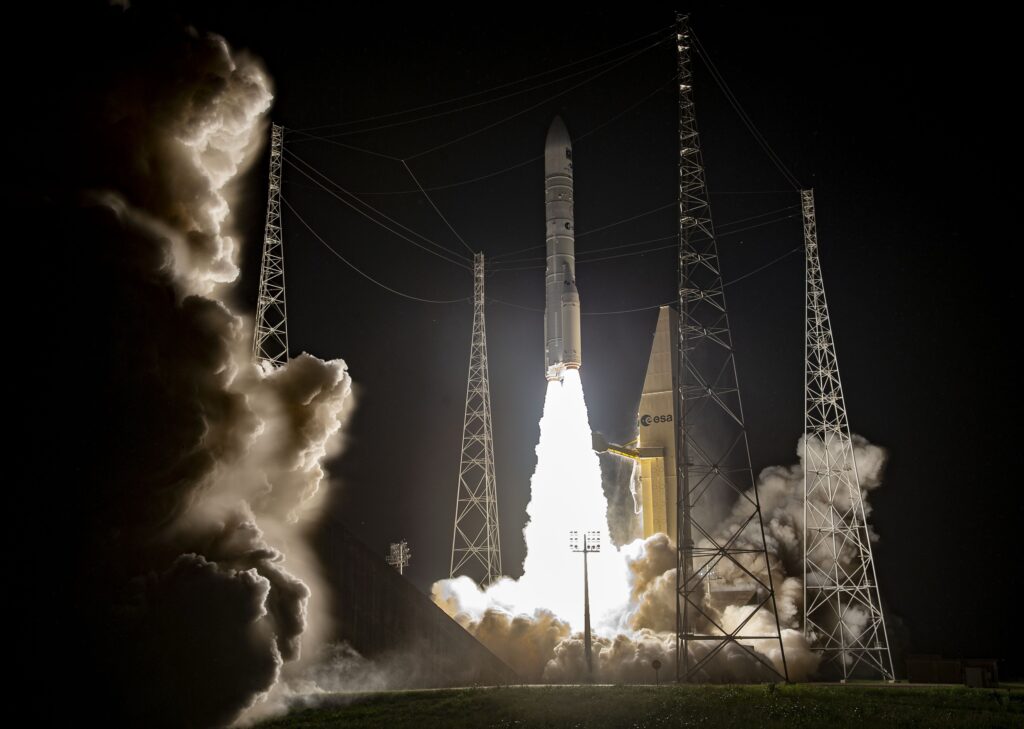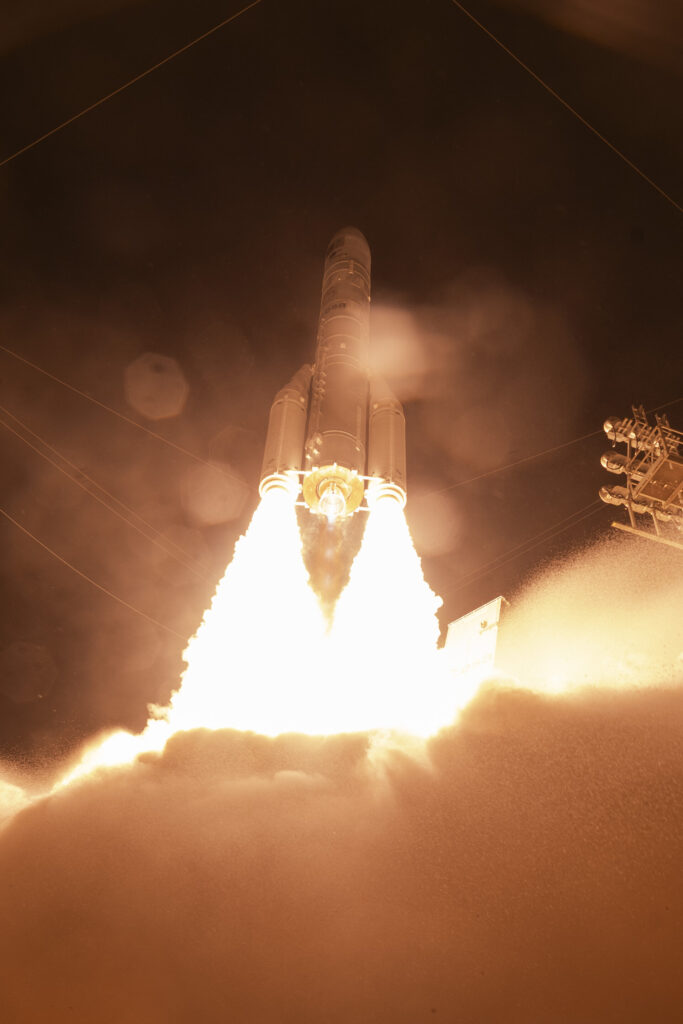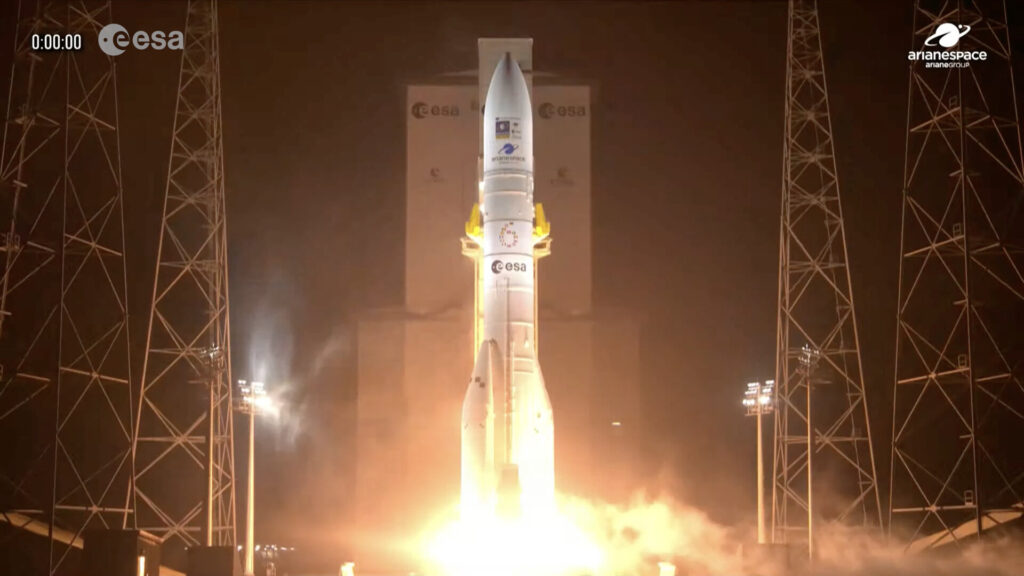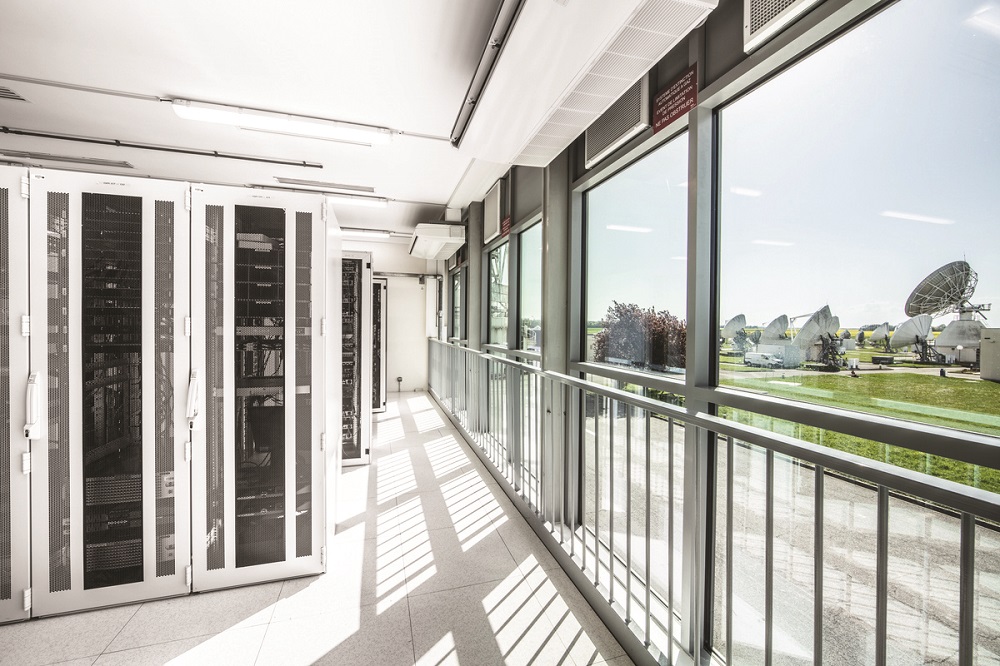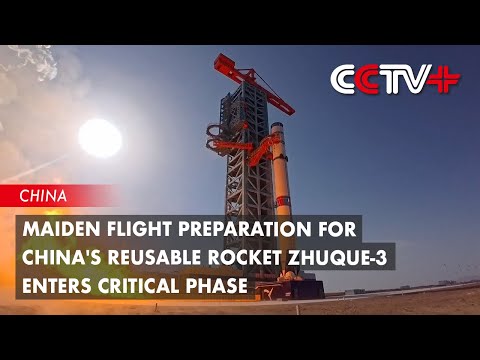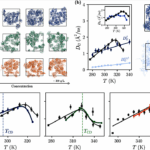Now Reading: Sentinel-4 offers first glimpses of air pollutants
-
01
Sentinel-4 offers first glimpses of air pollutants
Sentinel-4 offers first glimpses of air pollutants
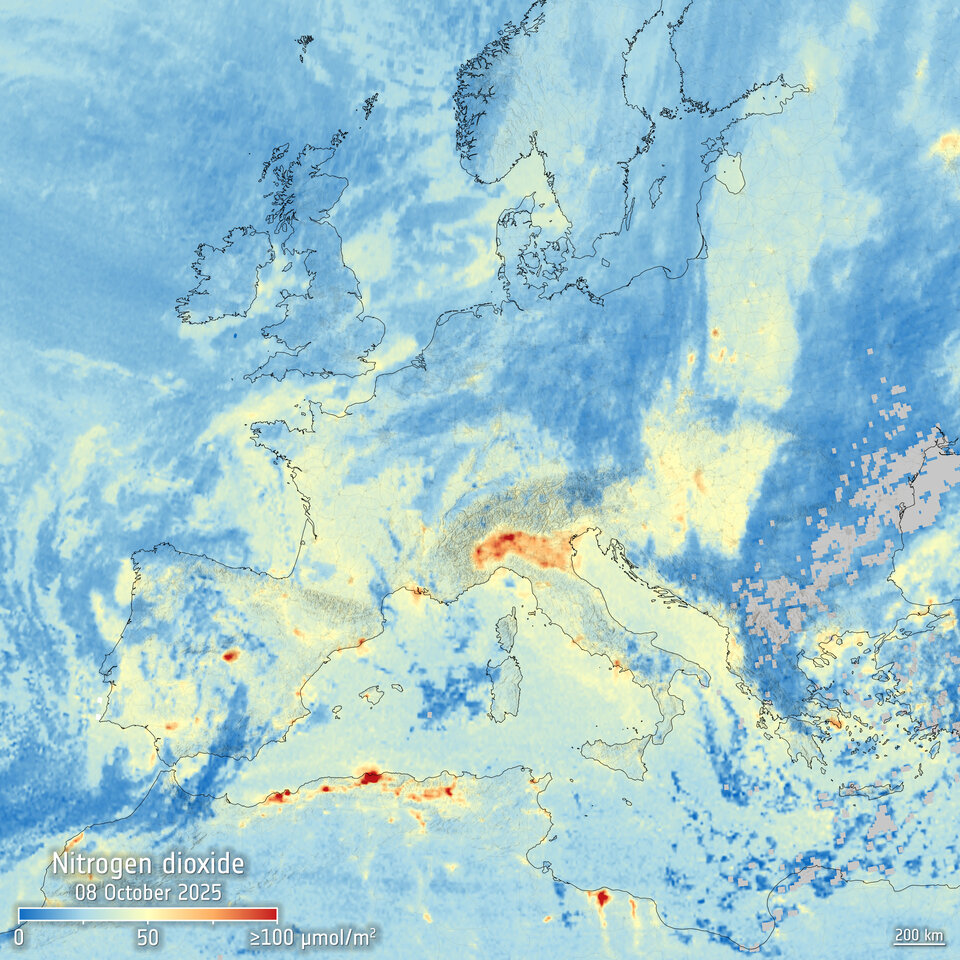
21/10/2025
1197 views
23 likes
The new Copernicus Sentinel-4 mission has delivered its first images, highlighting concentrations of atmospheric nitrogen dioxide, sulphur dioxide and ozone. Despite being preliminary, these images mark a major milestone in Europe’s ability to monitor air quality all the way from geostationary orbit, 36 000 kilometres above Earth.
Launched in July 2025, the Sentinel-4 ultraviolet–visible–near-infrared spectrometer is hosted on the first Meteosat Third Generation Sounder satellite. This dual-mission architecture allows for efficient use of the satellite, combining meteorological and atmospheric composition monitoring capabilities on a single platform.
The Sentinel-4 spectrometer is still undergoing commissioning for its operational life – so these first images, featured below, are merely an early glimpse of what’s to come.
Sentinel-4 measures solar light reflected by Earth’s surface and atmosphere, resolving spectral signatures or ‘fingerprints’ of trace gases and aerosols present in the atmosphere.
Unlike other satellite sensors that orbit Earth from pole to pole at a lower altitude, Sentinel-4 operates in geostationary orbit, continuously observing the same region – Europe and northern Africa – from a fixed position.
From this vantage point, Sentinel-4 can scan the same region every hour, providing near-realtime updates on key atmospheric constituents.
ESA’s Sentinel-4 Mission Scientist, Ben Veihelmann, said, “Sentinel-4 is the first European mission that will deliver hourly air-quality observations. By capturing fast changes in air pollution, Sentinel-4 is a game-changer for monitoring and forecasting air quality over Europe.”
Once operational, the instrument will routinely map concentrations of nitrogen dioxide, sulphur dioxide, ozone, formaldehyde, glyoxal and aerosols. These data will be fed into the Copernicus Atmosphere Monitoring Service.
In the meantime, the mission has already provided a few teasers, all of which are based on its very first measurements acquired on 8 October.


ESA’s Sentinel-4 Project Manager, Didier Martin, said, “We are extremely happy to see these first preliminary results, and my thanks go to everyone involved in the mission.
“Firstly, and arguably most importantly, they confirm that Sentinel-4 is healthy, and that the calibration and the data processing chains are on track. This essentially means that it is well on the road to becoming Europe’s first mission dedicated to delivering hourly measurements of air pollutants across the continent.”
The first image (in the banner and above) depicts tropospheric nitrogen dioxide with clear pollution hotspots visible along the Mediterranean coast and over Italy’s Po Valley.
It should be noted that Sentinel-4 cannot measure nitrogen dioxide over areas covered by cloud, which is why the image does not display concentrations in certain areas of the map. The image on the right shows cloud cover at the time.
As a major air pollutant released during the combustion of fossil fuels, such as in vehicle engines, power plants and heating systems, concentrations of nitrogen dioxide can change rapidly. It is toxic on its own but also contributes to the formation of secondary pollutants like ozone and particulate matter both of which have serious impacts on human health and the environment.
This image was processed with contributions from the Institute of Environmental Physics at the University of Bremen and the German Aerospace Center.
This second image presents a vertical column density of sulphur dioxide. A distinct plume can be seen emerging from Mount Etna in Italy and drifting south-eastwards over the sea. While Etna is currently relatively calm, much larger plumes are typically observed during periods of heightened volcanic activity.
In addition to natural emissions from volcanoes, sulphur dioxide is also released through human activities, particularly from ships burning high-sulphur fuels and power plants using brown coal. Sulphur dioxide is toxic in its own right and contributes to the formation of secondary pollutants, such as particulate matter, which pose significant health and environmental risks.
This image was processed with contributions from the Royal Belgian Institute for Space Aeronomy and the German Aerospace Center.
The third image shows a vertical column of ozone. While ozone high up in the stratosphere plays a crucial role in shielding life on Earth from harmful ultraviolet radiation, ozone in the lower atmosphere acts as a pollutant, contributing to poor air quality and respiratory problems.
The overall ozone levels here are within the expected range. The large-scale distribution, featuring a maximum over the Balkans and Greece and a minimum over the Baltic region, is consistent with patterns detected on the same day by heritage instruments such as GOME-2 on the MetOp satellites and Tropomi on the Sentinel-5 Precursor satellite.
This image was processed with contributions from the German Aerospace Center.
The last image, showing Europe and part of North Africa, is based on the first Earth radiance spectra measured by Sentinel-4. Processed in false colour, measurements have been assigned to red, green and blue, and show the land, ocean and clouds as expected.
ESA’s Director of Earth Observation Programmes, Simonetta Cheli, said, “We are very proud to contribute to this important mission, together with our key partners – the European Commission and Eumetsat, and our dedicated industrial teams. It truly demonstrates the power of collaboration.
“The mission is still in its commissioning phase, but these first results clearly show that everything is functioning well. These initial glimpses are extremely encouraging.
“We now look forward to Copernicus Sentinel-4 becoming fully operational in the coming months, and to seeing how its data will enhance air-quality assessments and provide critical input for pollution forecasting.”
Stay Informed With the Latest & Most Important News
Previous Post
Next Post
-
 012024 in Review: Highlights from NASA in Silicon Valley
012024 in Review: Highlights from NASA in Silicon Valley -
 02Panasonic Leica Summilux DG 15mm f/1.7 ASPH review
02Panasonic Leica Summilux DG 15mm f/1.7 ASPH review -
 03From Polymerization-Enabled Folding and Assembly to Chemical Evolution: Key Processes for Emergence of Functional Polymers in the Origin of Life
03From Polymerization-Enabled Folding and Assembly to Chemical Evolution: Key Processes for Emergence of Functional Polymers in the Origin of Life -
 04How New NASA, India Earth Satellite NISAR Will See Earth
04How New NASA, India Earth Satellite NISAR Will See Earth -
 05And Thus Begins A New Year For Life On Earth
05And Thus Begins A New Year For Life On Earth -
 06Astronomy Activation Ambassadors: A New Era
06Astronomy Activation Ambassadors: A New Era -
07SpaceX launch surge helps set new global launch record in 2024












